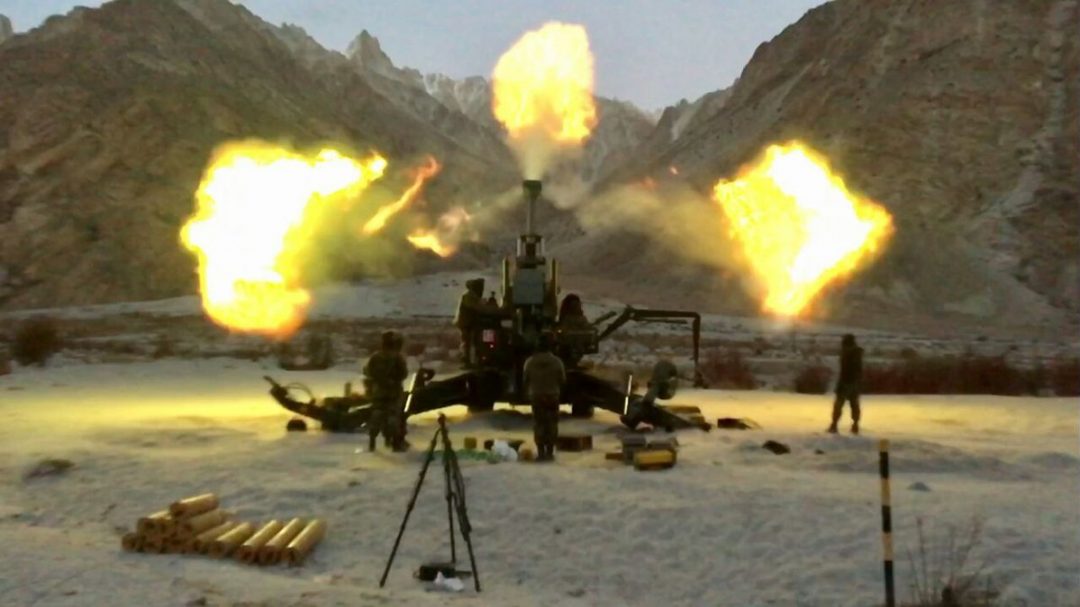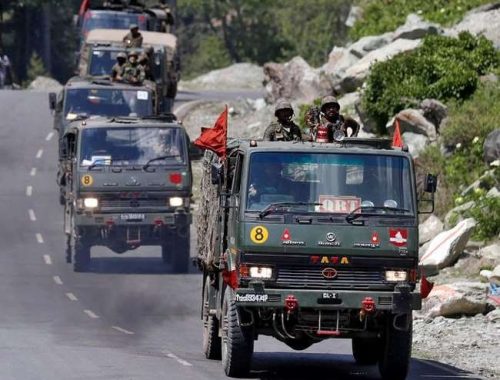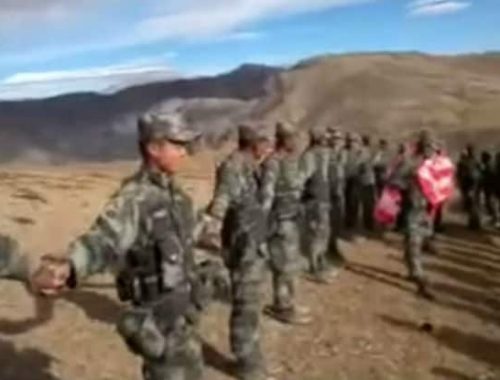Harvard study says India holds conventional edge over China. Check DetailsA recent study at US’ esteemed Harvard University has said that India has a conventional advantage over China to avoid any 1962 level setback in case the situation escalates between the two countries.
Harvard study says India holds conventional edge against China.
Indian Army and the Chinese People’s Liberation Army (PLA) have been eyeball to eyeball in the last one month in the Galwan Valley region of Ladakh. This growing tension resulted in a confrontation on Monday (June 15) which led to casualties on both sides. While the exact number of casualties in the PLA are unknown, at least 20 casualties were inflicted on the Indian Army. This has been the biggest military confrontation between the two South Asian giants since 1975, when the last bullet was fired at the Indo-Sino border.
A recent study at US’ esteemed Harvard University has said that India has a conventional advantage over China to avoid any 1962 level setback in case the situation escalates between the two countries.
A research paper published by the Belfer Center for Science and International Affairs at the Harvard Kennedy School earlier this year analyzed comparative data of the Indian and Chinese strategic capabilities.
The study notes that India’s conventional advantage remains ‘under-appreciated’ in Indian discourse.
The study took into account the nuclear capabilities of both countries, ground military forces of both countries and the two air forces which could be used at the Line of Actual Control (LAC) if things go south.
“We assess that India has key under-appreciated conventional advantages that reduce its vulnerability to Chinese threats and attacks. India appears to have cause for greater confidence in its military position against China than is typically acknowledged in Indian debates, providing the country an opportunity for leadership in international efforts toward nuclear transparency and restraint,” the report read.
The report further dwells into the conventional capabilities of the PLA and says that the apparent numerical near-equivalence with the Indian Army in the ground forces is ‘misleading’. ” Even in a war with India, a significant proportion of these forces will be unavailable, reserved either for Russian taskings or for countering insurrection in Xinjiang and Tibet. The majority of forces are located further from the Indian border, posing a striking contrast with the majority of forward-deployed Indian forces with a single China defense mission,” said the Harvard report.
PLA Air Force suffers from numerical disparity
“The PLA Air Force (PLAAF) also suffers from a numerical disparity to the IAF in the border region. Unlike the tripartite organizational division of Chinese ground forces facing India, the Western Theater Command has assumed control of all regional strike aircraft. A proportion of these are reserved for Russia-centric missions. By comparison, as noted earlier, the Indian Eastern Air Command can field around 101 fighters against China alone,” the report reads while comparing the two Air Forces.
On a strict comparison of available 4th generation fighters, authoritative assessments hold that China’s J-10 fighter is technically comparable to India’s Mirage-2000, and that the Indian Su-30MKI is superior to all theater Chinese fighters, including the additional J-11 and Su-27 models.27 China hosts a total of around 101 4th-generation fighters in the theater, of which a proportion must be retained for Russian defense, while India has around 122 of its comparable models, solely directed at China.




